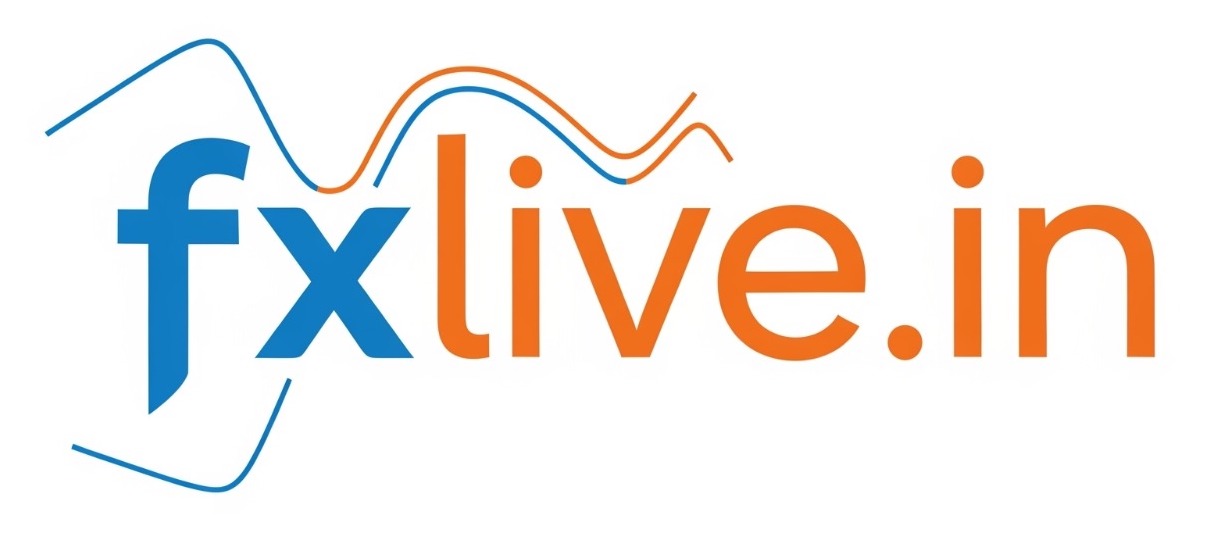Jai Siya Ram
What has been announced
- On September 25, 2025, President Donald Trump announced via his Truth Social account that the U.S. will impose a 100% tariff on imported branded or patented pharmaceutical products.
- Effective date: October 1, 2025.
- There is one major exemption: the tariff will not apply to pharmaceutical companies which are already building a manufacturing facility in the U.S., meaning that companies that have “broken ground” or whose construction is “under way” will be exempt.
What it applies to — and what doesn’t
- The tariff is for branded or patented pharmaceuticals. That means drugs protected by patent or those whose makers enforce brand names (not generics) are targeted.
- Generic medicines appear to be excluded from this 100% tariff (i.e. “unless building in U.S.” clause applies for branded/patented).
Context / Prior signals
- Earlier, Trump had made multiple statements about imposing tariffs on pharmaceuticals, sometimes saying “initially a small tariff,” then rising over time (up to 150%, 200%, or even 250%) in future months to push domestic manufacturing.
- The federal government had also launched or is conducting national security investigations under Section 232 of the Trade Expansion Act of 1962 to evaluate whether or not pharmaceuticals (and other critical goods) imports threaten U.S. national security.
What remains unclear or yet to be announced fully
- The legal basis under which the 100% tariff will be applied (which trade laws, investigations, executive orders etc.). Some reports suggest Section 232, others a broader trade authority.
- Exact definitions: what “building in U.S.” means in detail (how far along construction must be, what facilities count, etc.)
- Whether this applies to all branded/patented pharmaceuticals or only certain categories (e.g., biologics, specialty drugs).
- How international trading partners (India, EU, others) will respond, and whether there will be retaliatory trade measures.
- How drug pricing, healthcare providers, Medicare/Medicaid etc. will adapt or be impacted.
Implications & Effects
- For domestic U.S. pharmaceutical manufacturing
- Strong incentive: foreign pharma companies may accelerate building U.S.‐based plants to avoid the tariff.
- Could lead to higher investment domestically in drug manufacturing, supply chains, raw materials etc.
- Potential cost / inflation risks
- Prices of branded/patented drugs imported into the U.S. may rise sharply for products where domestic production is not yet established. Insurance and healthcare systems will likely feel the impact.
- Lower income patients or those reliant on imported branded drugs may face affordability issues.
- Trade friction
- Exporting countries (such as India, EU members, others) whose pharma industries rely on U.S. market might see reduced export volumes, or need to accelerate localization.
- Could lead to diplomatic pressure, retaliation, or negotiation of exemptions.
- Generics sector may be relatively shielded
- Since generics are mostly excluded (if the announcement holds), the lower cost medicines may not be directly affected, although healthcare cost structure could still shift.
- Impact on global supply chains
- Raw materials, APIs (active pharmaceutical ingredients), and patented technology sourced internationally may still be needed. Those upstream suppliers may be indirectly affected.

